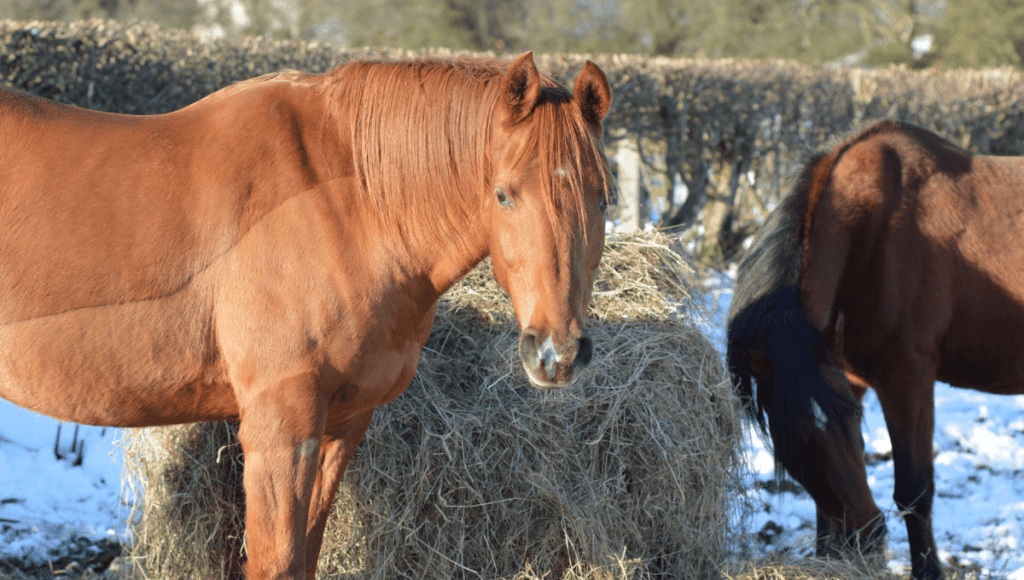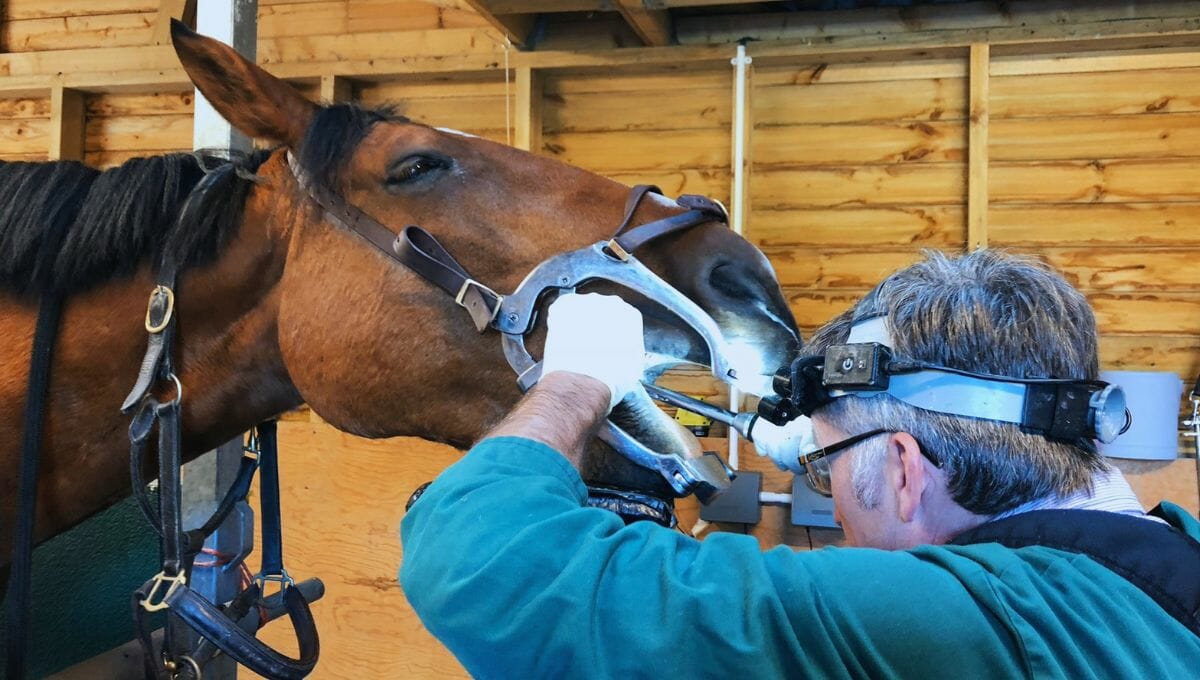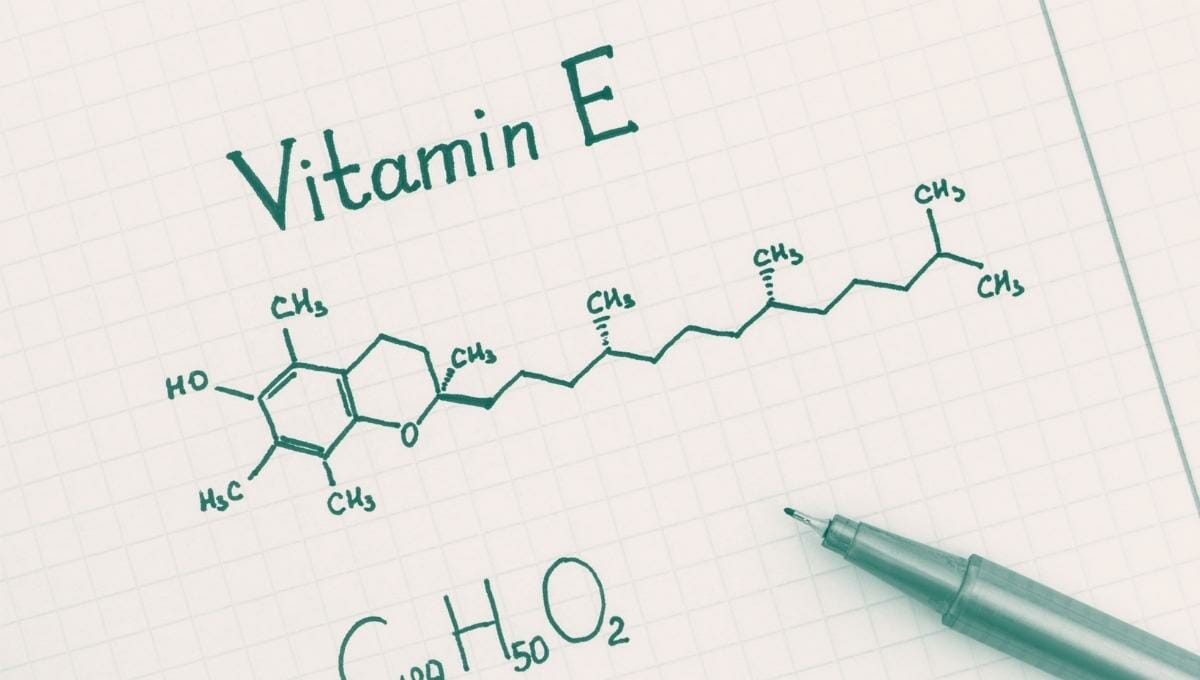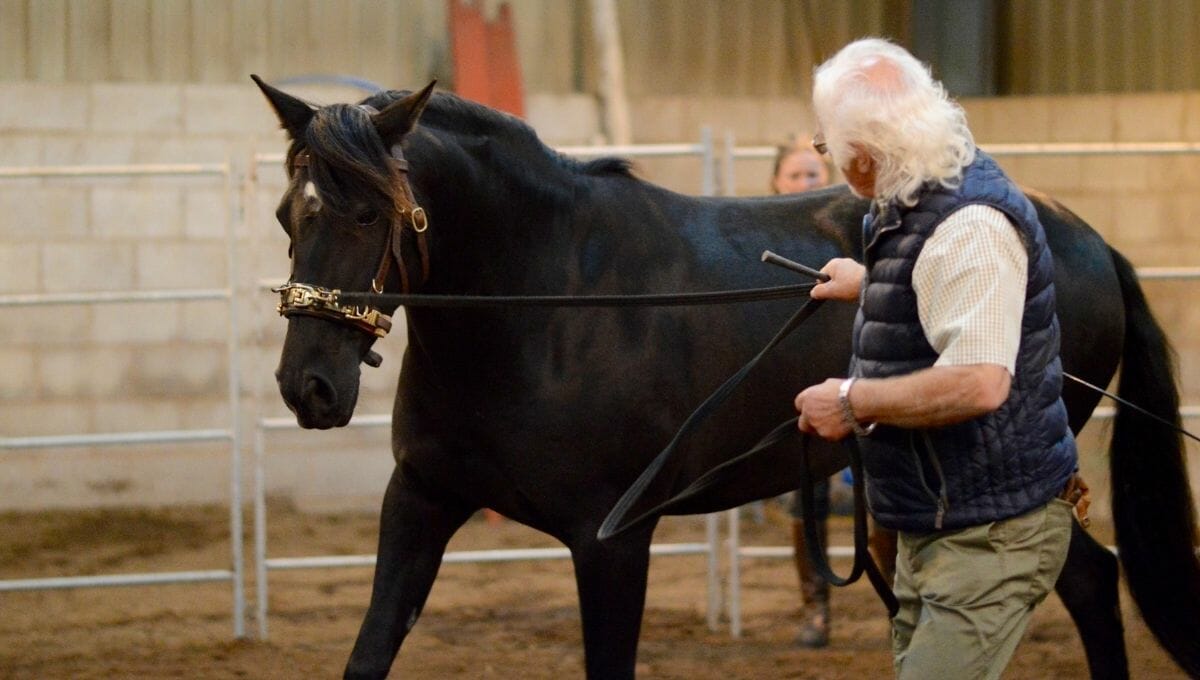Learn about nitrate toxicity in horses hay or haylage and how forage testing can help determine the quality of the protein in horses’ daily diets.
Good quality forage with fully formed protein is essential for the health and maintenance of robust body systems.
We are constantly researching the different aspects of forage. We are suspicious that many cured forages (hay/haylage) for horse feed appear to be being made for yield and perhaps high protein content without reference to actual nutritional quality. This could lead to nitrate toxicity in horse hay or haylage.
In the hundreds of forage analyses Forageplus carries out each year we are seeing a trend where a moderate to high protein level can often be an indicator of high nitrate toxicity in horse hay or haylage. Specifically, this means that the protein quality looks good but when looking at either nitrate content or the ratio of nitrogen to sulphur you find that protein is far from what it looks.

Until recently, nitrate toxicity from high nitrates in forage has not been seen as being an issue for horses. As with many areas in the horse nutrition world, there is little research to look into levels of nitrates and how they might affect horses.
In the US nitrate accumulation is recognised to occur in specific forage, weeds and small grain species (oat, barley, wheat, rye), and stressed growing conditions such as drought. But what of Europe and the UK and how might nitrate toxicity in horse hay or haylage content affect horses?
How might nitrate toxicity in horses hay or haylage affect horses?
Again it must be stressed that there is little research on this subject for horses but testing of hay/haylage to show nitrate levels for broodmares is quite common in the U.S
Nitrate must be converted to the more toxic nitrite to cause problems. This is done by the bacteria in the digestive tract, starting in the mouth. Rapid, efficient conversion occurs in the rumen of cows and other ruminants but monogastrics like the horse and human are also at risk.
Recently a racehorse trainer came to us to investigate testing his haylage because of vague symptoms with his racehorses. They were having immune system problems, work intolerance, anxiety and lung issues. The haylage tested at 17% protein which was something the trainer was looking for to feed his high performing young thoroughbreds, with a high need for protein, to sustain growth and build muscle. However, when we looked at the ratio between nitrogen and sulphur this indicated very poor protein quality. A nitrate test confirmed that the nitrate level in this haylage was over 0.90% nitrate. A change to an alternative source of haylage ‘seemed’ to result in a turnaround in the performance of his horses.
The damaging effects of nitrate toxicity in cattle are well documented and North Carolina State University has suggested that safe limits for equines be matched to those known for cattle states
Excessive intake of nitrates decreases the blood’s oxygen-carrying ability, which causes anxiety, increased respiration rate, and breathing difficulty. Severe cases result in loss of coordination, muscle twitching, and death. Excess levels of nitrates can occur where more fertilizer nitrogen is applied than needed and from drought stress on plants.
NC State University Fact Sheet.
However, could ingesting low levels of nitrates for long periods be resulting in a chronic ‘less than toxic’ level causing cumulative low-level issues in horses over a period of time? We think it is worth considering checking levels in forage where horses are displaying vague symptoms such as anxiety, work intolerance, depression, muscle issues and or poor appetite, which your vet has been unable to discover a cause for and mineral balancing with a ‘Forage Focused’ approach has not resolved.
Full blown toxicity causes interference with oxygen carrying capacity of the blood to the point it turns blue from formation of methemoglobin. This is rapidly fatal to young animals and in rare cases can kill adults. Lower levels cause abortion, impaired exercise tolerance and lethargy. Hoof pain has been reported.

What is causing high nitrate toxicity in horses hay or haylage?
Modern farming practices concentrate on yield and the use of slurry as fertiliser can raise nitrogen levels too high for soils that have not been well cared for. The soil needs to have balanced minerals for the soil microbiome to flourish and work symbiotically with the plant roots to uptake nutrients and minerals in the correct amounts and ratios.
Where the soil balance is poor, and major and trace mineral application and balance ignored, then you will commonly find high yields with very poor nutrient quality and balance. High application of any nitrogen source whether that be NPK fertilisers or slurry without application of other minerals, such as sulphur will have a detrimental impact on the quality of protein with the desire for high yield meaning that results in a forage which might look great but is, in reality, a toxic mess.
In addition, the high protein content of hay/haylage is often seen as desirable, particularly for performance horses. It is true that performance horses need a higher protein content but is anyone looking at the actual quality of that protein?
So how can you deal with high nitrate levels in horse diets?
Colorado State University suggest that levels can be made safer by “diluting” high nitrate hays with grain, which does not contain nitrate. However, we would not encourage this method for horses in the UK, many of which are native ‘good doer types’ and prone to laminitis. A better option is to find an alternative source of hay or dilute the high nitrate hay with a low carbohydrate hay replacer cube or a molasses free chop.
What is the maximum acceptable nitrate level in forage?
The maximum acceptable nitrate level in forage for adult horses is 0.5%. Also of concern is the potential for lower levels to cause hoof pain or hormonal effects.
When looking at the ratio between nitrogen and sulphur it should be no higher than 10:1. Higher ratios indicate a problem with the quality of the protein. You don’t need to test for nitrate levels if you have a protein level and a sulphur level reported on your forage analysis. Contact us for more information about this.
Hay for breeding mares and growing horses should not exceed 0.20% nitrate and should have a ratio of no higher than 10:1 nitrogen to sulphur.
If you suspect nitrate toxicity in horses hay or haylage and your horse is showing any signs of nitrate toxicity (lethargy, work intolerance, ataxia) stop feeding that hay and substitute another forage source or at the very least dilute the hay fed with some form of another source.
If nitrate is detected over the 2500 ppm mark, iodine supplementation at 7 to 10 mg/day is used to protect the thyroid. With higher levels, soaking can reduce the nitrate but you need to retest a soaked then dried sample to make sure it is safe.
When should I test for nitrate toxicity in horse hay or haylage?
If you haven’t had your forage analysed for both nutritional and mineral content you will need to check nitrate levels with a nutritional analysis plus nitrate test. Any hay or haylage with low calcium and a protein level greater than 14% here in the UK should be tested. Hays under 12% may still have poor quality protein where nitrate ratios are high so an extra source of protein may need to be fed as protein quality and essential amino acid quality and quantity will be affected. This may result in poor muscling and hoof and skin quality problems.
- Any hay or haylage with a protein level above 14% and calcium less than 0.9%.
- Any hay or haylage fed to pregnant mares.
Further information about soil health and nitrate/nitrite toxicity, symptoms and treatment can be found at these websites:
Nitrate Poisoning
by T.L. Stanton and J. Whittier1 (3/06)
Crop Nutrient Sulphur: Supply and Demand
Jansen Van Rensburg
How the presence of adequate levels of sulphur can affect the uptake of other nutrients and improve the nitrogen utilization efficiency
Effect of Dietary Nitrate on Thyroid Function
Richard A. Bloomfield, Clifford W. Welsch, George B. Garner and Merle E. Muhrer
http://www.sciencemag.org/content/134/3491/1690.short
If you would like to explore testing of your own forage for nitrate toxicity, you can include this with our nutritional hay or haylage testing by selecting this option from the drop-down menu here.
Click here to check out more of our field & stable management articles.






